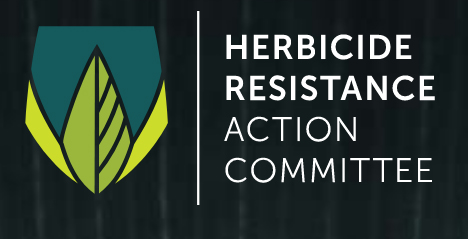INTERNATIONAL HERBICIDE-RESISTANT WEED DATABASE
|
|
Rabbitfoot Polypogon (Polypogon monspeliensis) is a monocot weed in the Poaceae family. In Israel this weed first evolved resistance to Group 5 (Legacy C1 C2) herbicides in 1979 and infests Roadsides. Group 5 (Legacy C1 C2) herbicides are known as PSII inhibitors - Serine 264 Binders
(Inhbition of Photosynthesis at PSll - Serine 264 Binders
). Research has shown that these particular biotypes are resistant to atrazine, and simazine and they may be cross-resistant to other Group 5 (Legacy C1 C2) herbicides. The 'Group' letters/numbers that you see throughout this web site refer to the classification of herbicides by their site of action. To see a full list of herbicides and HRAC herbicide classifications click here.
|
|
|
|
|
| Common Name | Rabbitfoot Polypogon | | Species | Polypogon monspeliensis | | Group | PSII inhibitors - Serine 264 Binders
HRAC Group 5 (Legacy C1 C2)
| | Herbicides | atrazine, and simazine | | Location | Israel | | Year | 1979 | | Situation(s) | Roadsides | | Contributors - (Alphabetically) | Baruch Rubin | |
|
|
|
| | Field, Greenhouse, and Laboratory trials comparing a known susceptible Rabbitfoot Polypogon biotype with this Rabbitfoot Polypogon biotype have been used to confirm resistance. For further information on the tests conducted please contact the local weed scientists that provided this information. |
| |
| | Genetic studies on HRAC Group 5 resistant Rabbitfoot Polypogon have not been reported to the site. There may be a note below or an article discussing the genetics of this biotype in the Fact Sheets and Other Literature |
| |
| | The mechanism of resistance for this biotype is either unknown or has not been entered in the database. If you know anything about the mechanism of resistance for this biotype then please update the database. |
| |
| | There is no record of differences in fitness or competitiveness of these resistant biotypes when compared to that of normal susceptible biotypes. If you have any information pertaining to the fitness of Group 5 (Legacy C1 C2) resistant Rabbitfoot Polypogon from Israel please update the database. |
|
|
|
|
| Professor
Hebrew University Of Jerusalem
Inst. Plant Sci. & Genetics In Agriculture
Faculty Of Agric.
Food & Environm.
Rehovot, 76100, Israel
Israel
Email Baruch Rubin |
|
|
|
|
| Drag a column header and drop it here to group by that column |
|
|
1
| Israel | Israel | | 1979 |
Roadsides
|
atrazine, and simazine
| 23 |
PSII inhibitors - Serine 264 Binders
( HRAC Group 5 (Legacy C1 C2)
| 137 | Polypogon monspeliensis | Rabbitfoot Polypogon | 99 |
|
 |
PERMISSION MUST BE OBTAINED FIRST if you intend to base a significant portion of a scientific paper on data derived from this site. Citation:
Heap, I. The International Herbicide-Resistant Weed Database. Online.
. Available
www.weedscience.org
Copyright © 1993-
WeedScience.org All rights reserved. Fair use of this material is encouraged. Proper citation is requested.
|
|